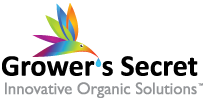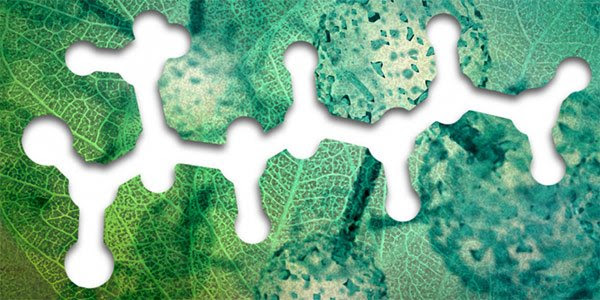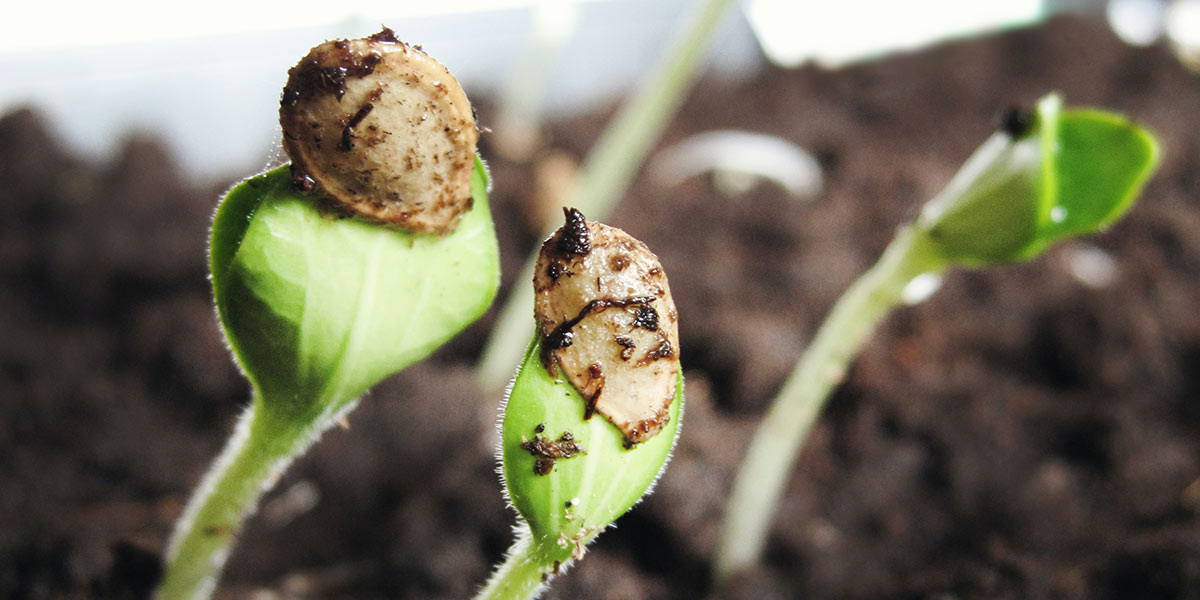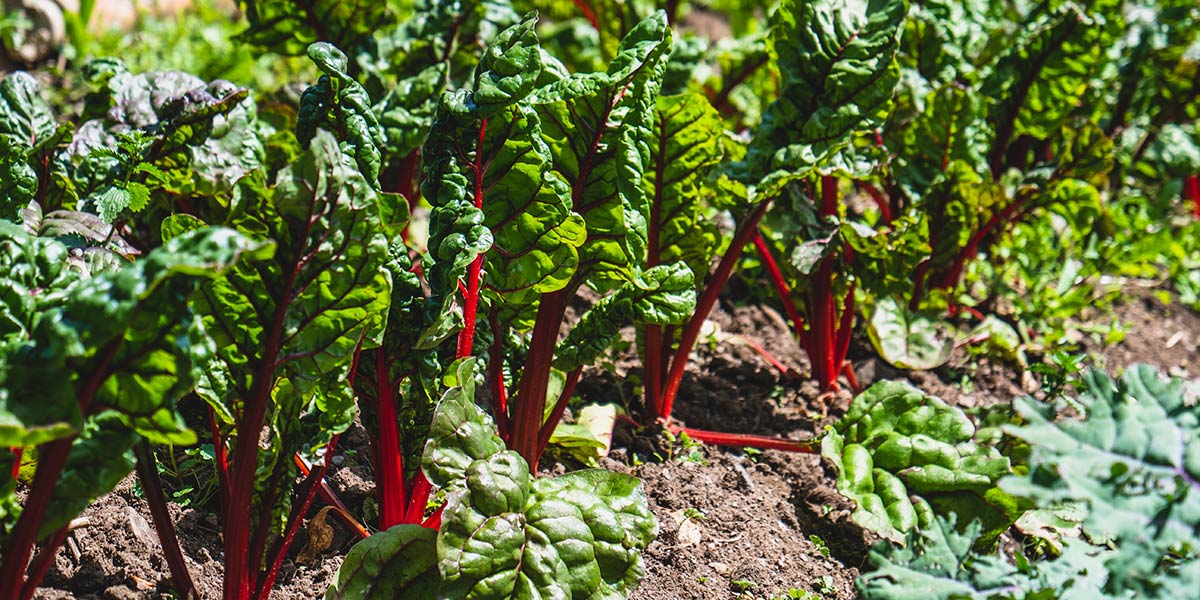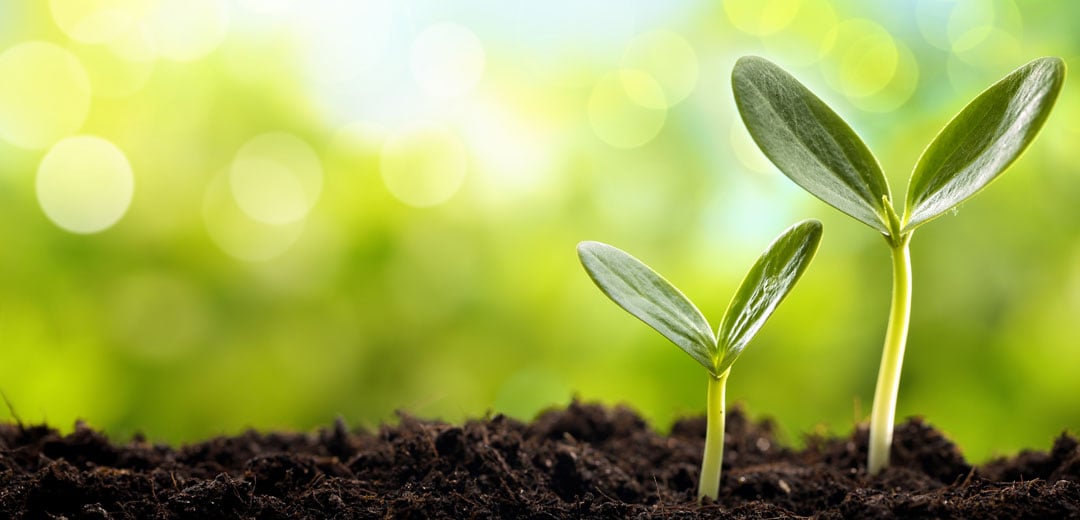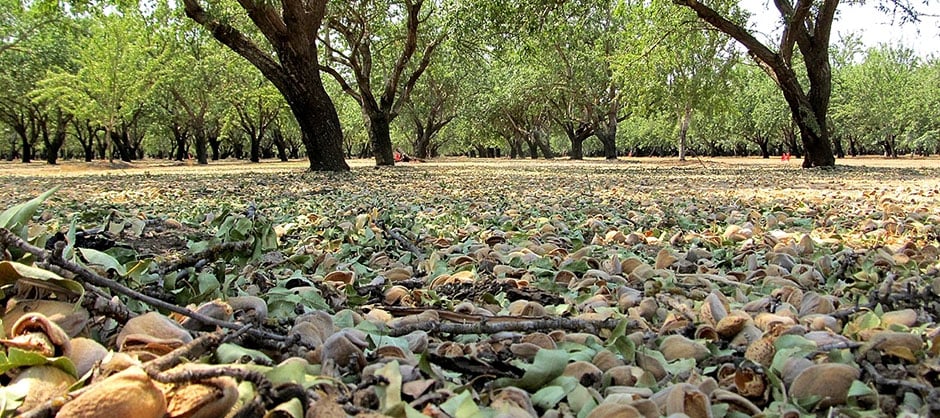Amino Acids
Introduction
Soybean cake, or soybean meal is the residue that remains after oil is removed. It was used as a crop amendment and as a livestock feed supplement in the late 1800’s to the early 1900’s. As a fertilizer, it provides nitrogen in the form of peptides and proteins. However, it had to be mineralized before the nitrogen became available to plants. Despite this shortcoming, soy meal remained popular as a nitrogen source for crops until it was replaced by synthetic fertilizers during the Green Revolution. Recently, amino acid products manufactured from soy and other plant sources have become popular fertilizers for providing nitrogen to plants. These fertilizers are processed by various methods to inactivate protease inhibitors found in raw soybean meal, and to digest proteins into amino acids. These are then formulated into dry, water-soluble powders, compressed in to granules, or rehydrated into concentrated liquids.

